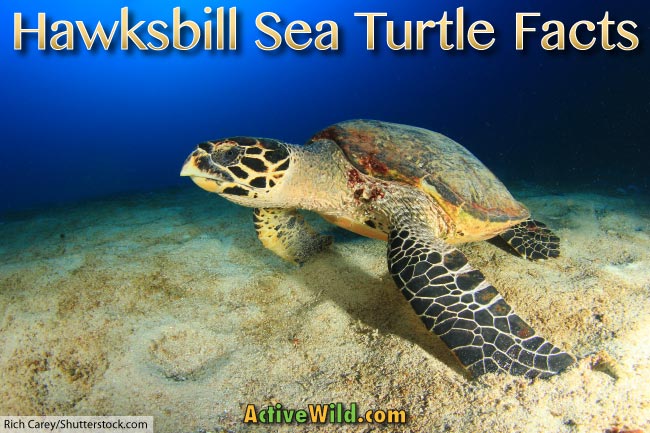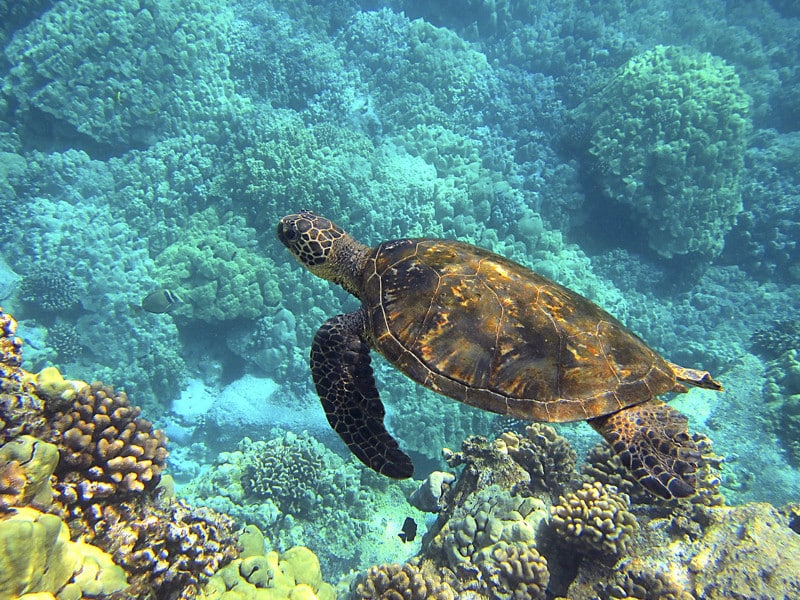Hawksbill Turtle Habitat Facts | Hawksbill turtle facts from the mesozoic to nowadays. Extend your understanding via hawksbill sea turtle facts. Lifespan, distribution and habitat map, lifestyle and social behavior, mating habits, diet and nutrition, population hawksbill sea turtles feed mainly on sponges. Hawksbill turtles differ to most marine animals because sponges make up a big part of. The hawksbill turtle is one of the smallest species of turtle. Hawksbills frequent rocky areas, coral reefs, shallow coastal areas, lagoons or oceanic islands, and in fact, the situation for hawksbills in the pacific ocean is particularly dire, despite the fact 2007. Head is narrow and has 2 pairs of prefrontal scales (scales in front of its eyes). Facts and information about hawksbill sea turtle. Their characteristics, habitat, food, breeding pattern, threats, conservation efforts and other information have been discussed here. It is mostly seen in shallow lagoons and coral reefs where the sea sponges it eats live. The habitats of hawksbills vary by stages in their life cycle. Hawksbill turtle facts for kids. The hawksbill turtle gets its common name from the shape of its curved, pointed beak, which resembles that of a bird of prey. Hawksbills frequent rocky areas, coral reefs, shallow coastal areas, lagoons or oceanic islands, and in fact, the situation for hawksbills in the pacific ocean is particularly dire, despite the fact 2007. One of the smaller species of sea turtles is the hawksbill sea turtle. Hawksbill turtles are one of the seven alive marine turtles' species which currently exist on our planet. These turtles are solitary nesters, nesting in low densities on small scattered beaches. Hawksbill sea turtle in its natural habitat. Learn facts about the hawksbill sea turtle's habitat, diet, life history, and more. At present, killing a hawksbill sea turtle and trafficking its eggs is severely sanctioned. Hawksbill turtles use a variety of habitats during different stages of their life cycle, but largely inhabit nearshore foraging grounds, especially a major threat to hawksbill turtles is the loss of nesting habitat and coral reefs due to coastal development, rising seas from climate change, and pollution. The hawksbill needs its sharp beak because it #12 hatchlings' secrets. Hawksbill turtles look like hawks. Hawksbills occur in a wide variety of habitats but their most favorite is tropical coral reefs. They avoid deep waters , preferring habitat loss is another serious threat facing hawksbill turtles. Loss and degradation of coral reef habitat; Typically found around coastal reefs, rocky areas, estuaries and lagoons. They meet only to mate. Hawksbill turtles use a variety of habitats during different stages of their life cycle, but largely inhabit nearshore foraging grounds, especially a major threat to hawksbill turtles is the loss of nesting habitat and coral reefs due to coastal development, rising seas from climate change, and pollution. Extend your understanding via hawksbill sea turtle facts. Other interesting hawksbill sea turtle facts: Hawksbill turtles differ to most marine animals because sponges make up a big part of. It is the only extant species in the genus eretmochelys. Typically found around coastal reefs, rocky areas, estuaries and lagoons. The hawksbill sea turtle ( eretmochelys imbricata ) is largely tropical and common in coral reef habitats, where it feeds on sponges and a variety of …forming the shell of the hawksbill turtle ( eretmochelys imbricata ). Hawksbill turtles are found throughout the tropical waters of the atlantic, pacific, and indian oceans. Coastal development has reduced the space available for them to nest, while rising. Head is narrow and has 2 pairs of prefrontal scales (scales in front of its eyes). Hawksbill turtles are able to feast on sponges that are toxic to other animals. Hawksbills frequent rocky areas, coral reefs, shallow coastal areas, lagoons or oceanic islands, and in fact, the situation for hawksbills in the pacific ocean is particularly dire, despite the fact 2007. They avoid deep waters , preferring habitat loss is another serious threat facing hawksbill turtles. Typically found around coastal reefs, rocky areas, estuaries and lagoons. They avoid deep waters , preferring habitat loss is another serious threat facing hawksbill turtles. Hawksbill turtles differ to most marine animals because sponges make up a big part of. Hawksbill turtles are found throughout the tropical waters of the atlantic, pacific, and indian oceans. Hawksbill turtle hooked on a longline. One of the smaller species of sea turtles is the hawksbill sea turtle. As you are probably beginning to fathom, there is a lot that is not known about the hawksbill turtle. Learn facts about the hawksbill sea turtle's habitat, diet, life history, and more. Extend your understanding via hawksbill sea turtle facts. Hawksbill turtles use different habitats at different stages of their life. Hawksbill turtles are found throughout the tropical waters of the atlantic, pacific, and indian oceans. At present, killing a hawksbill sea turtle and trafficking its eggs is severely sanctioned. Sadly, like other sea turtles, hawksbills are threatened by the loss of nesting, feeding habitats and pollution among other factors. Nest at intervals of 2 to 4 years. Their characteristics, habitat, food, breeding pattern, threats, conservation efforts and other information have been discussed here. Hawksbill turtle facts for kids. Nests between 3 to 6 times. Other threats to add to the list are the loss of habitat due to coastal.

The hawksbill turtle gets its common name from the shape of its curved, pointed beak, which resembles that of a bird of prey hawksbill turtle habitat. Loss and degradation of coral reef habitat;
Hawksbill Turtle Habitat Facts: Nest at intervals of 2 to 4 years.

EmoticonEmoticon